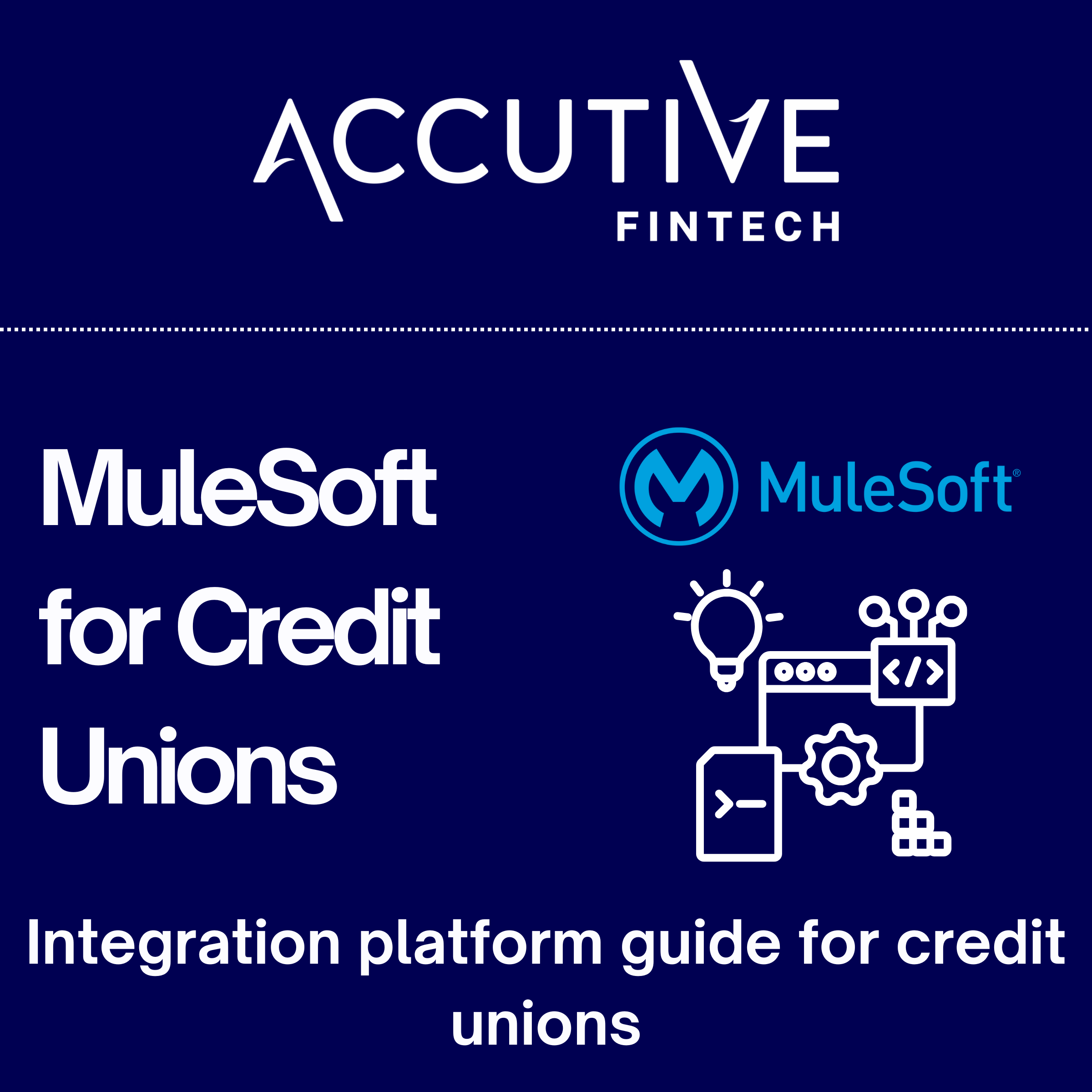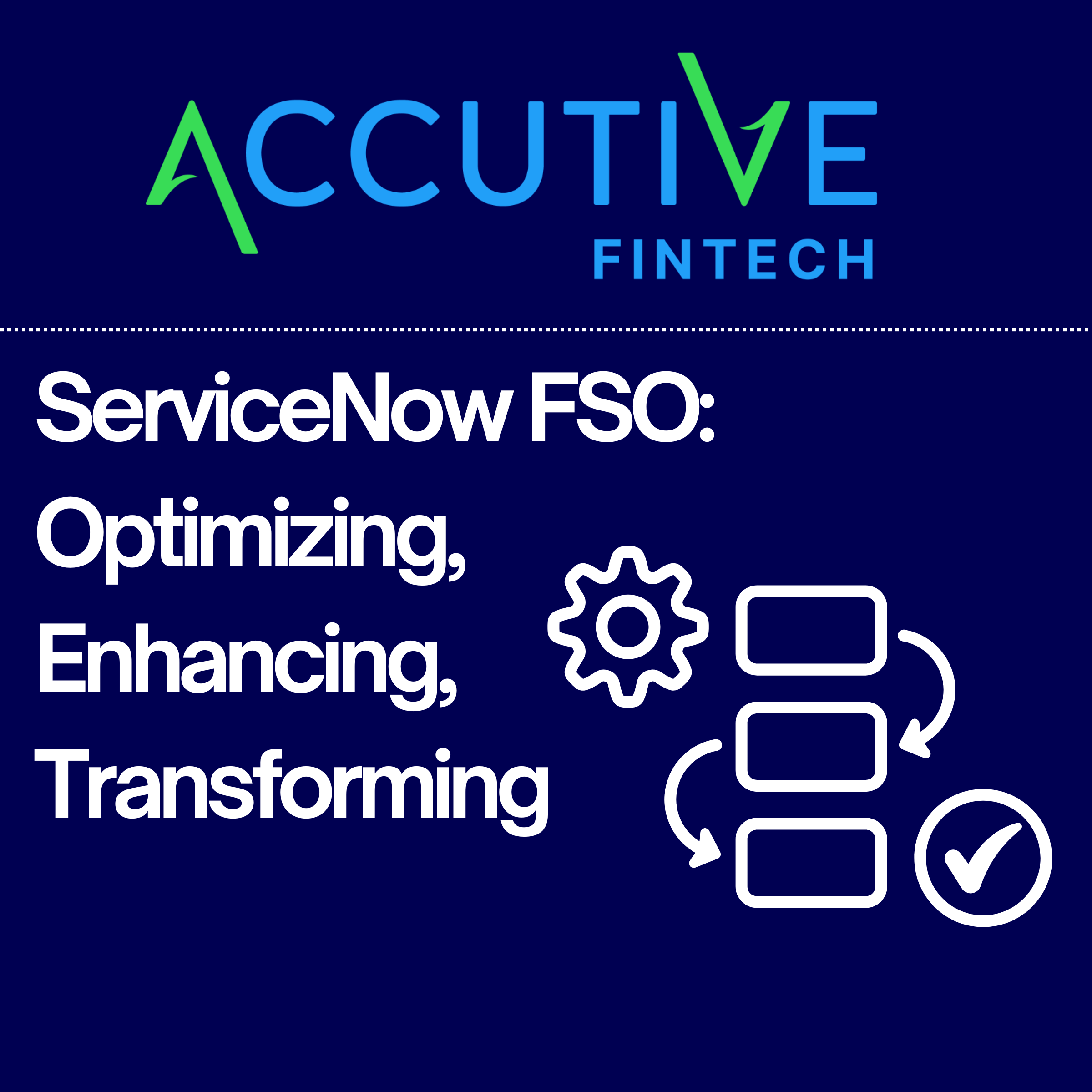Getting digital transformation right can make or break an organization in the globally connected, hyper competitive marketplace. Yet, with all the pressure to drive technology advancement, why are so many companies getting it wrong – with more than 60% failing to meet digital transformation goals?
Effective digital transformation is a tricky destination with many intersections and potential roadblocks along the way. While new technologies offer the opportunity to gain efficiencies and customer engagement, misguided application, or simply picking the wrong tools, can magnify organizational and strategic flaws and drive your digital transformation initiative into the weeds.

Strategy First
First, your core business function should determine your digital transformation plan. Leverage strategic organization planning to identify improvement opportunities – increased speed, efficiency, or transparency – and then develop a digital transformation roadmap to achieve the identified goals.
After establishing concrete objectives, identify and integrate supportive digital technologies. There is no such thing as a single technology tool to deliver enhanced speed, innovation, and visibility. Instead, you’ll need to find the best blend of digital tools and applications to empower your organization and achieve your unique needs.
Insider Intel is Key
Digital transformation initiatives frequently rely on partnering with specialist consultants to navigate available technologies and engage best practices. While consultants can be invaluable guides, insider staff with intimate knowledge about how your organization works, and barriers to success, are essential.
Leveraging digital tools to improve efficiency without understanding organizational quirks or customer needs risks dead ending the entire initiative. Digital transformations stumble when new technologies alone fail to produce efficiencies, when insider knowledge would have identified different tools to meet real organizational requirements.
User Experience Matters
Leveraging digital tools to improve customer satisfaction or engagement demands in-depth diagnostics to identify needs, establish priorities and inform strategy. While some expect a single tool or application to meaningfully improve customer experience, small, incremental changes powered by different tools at specific points in the customer engagement journey deliver greater impacts.
Detailed customer inputs reveal these key points and facilitate selecting the right digital tools to achieve improved experiences.
People Determine Outcomes
Advanced AI systems can replace human inputs, and that’s exactly why some of your staff oppose digital transformation. If resistance slows adoption, or renders the project ineffective altogether, their job is safe (for the time being). Leaders need to recognize employee concerns, and the associated resistance to change, and develop a plan to promote staff engagement. Given the opportunity to upgrade their expertise, learn new skills, and stay relevant in the digital age, employees are more likely to support and even drive the digital transformation forward.
Leverage Start-Up Culture
Start-ups are known for swift, effective application development because they combine agility, rapid decisions, quick iteration, and flat authority structures. Successful digital transformations demand similar qualities and characteristics. Even incremental technology changes are uncertain, with provisional changes, pivots, and adjustments. Traditional hierarchies tend to bog down the process – decisions need to be fast and other staff engaged as needed across the organization.
Empowering the digital transformation team with a flat organizational structure, and limited autonomy from the existing hierarchy, provides the agility required to rapidly prototype, adjust, and customize new technology tools.
Deploying some digital tools requires compromises between existing organizational processes, regions, or business units. Empowered digital transformation teams, collaborating with insiders across the company, can negotiate these differences, identify potential conflicts, and rapidly iterate solutions.
Pointed in the Right Direction
Digital transformation works when you focus on the fundamentals, actively work to change mindsets, engage the organizational culture, target user needs, and empower dedicated teams to get it done. These elements determine the best digital tools ensuring your organization’s strategic plan drives the digital transformation instead of enthusiasm for the latest technology leading you in the wrong direction.
We’re Here to Help Lead the Way
We’re here to partner with you every step along your digital journey. Accutive’s expert technology consultants, powered by our innovative vendors and partners, provide the expertise, resources, and knowledge to keep your digital transformation moving forward.








